Indoor
Tree Species
Indoor Trees
Norfolk Island Pine, Araucaria heterophylla. This tree has a distinctive pyramid shape and soft, needled foliage. Norfolk Island pines prefer bright, indirect light and consistent moisture levels.
Cast Iron Plant, Aspidistra elatior. Cast iron plants are resilient and adapt well to low light conditions. They require minimal watering and are well-suited for busy individuals or those new to plant care. (Low maintenance)
Ponytail Palm, Beaucarnea recurvata. Despite its name, the ponytail palm is not a true palm but rather a succulent tree with a distinctive swollen base and long, slender leaves that resemble a ponytail. It is drought-tolerant and thrives in bright, indirect light.
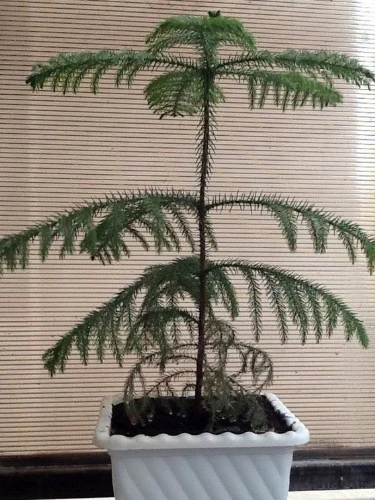
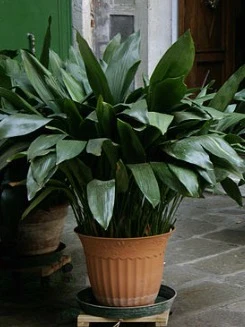
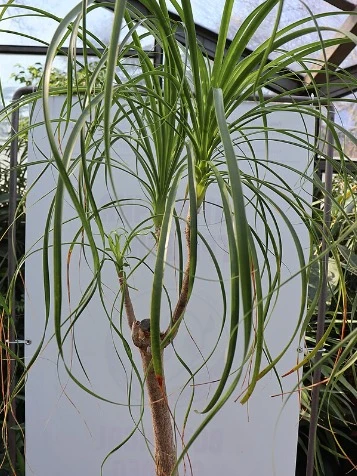
Parlor Palm, Chamaedorea elegans. A small palm tree with delicate, feathery leaves, the parlor palm can thrive in low light. They prefer consistently moist soil and can tolerate some neglect. (Low maintenance)
Spider Plant, Chlorophytum comosum. Spider plants are known for their arching leaves and air-purifying qualities. They do well in bright, indirect light and require regular watering but can recover from occasional neglect. (Low maintenance)
Dracaena, Dracaena spp. Dracaena trees come in various species, each with unique leaf patterns and colors. They can adapt to different light conditions, from low to bright light, and require occasional watering.
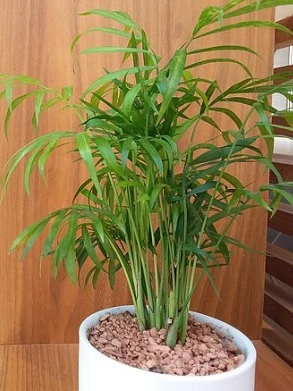
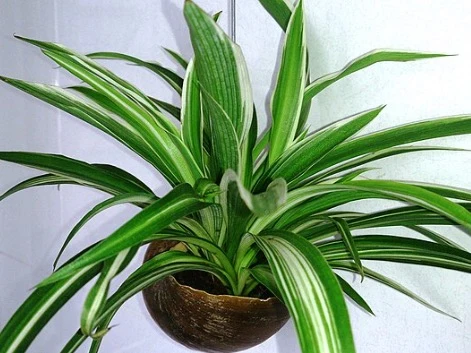
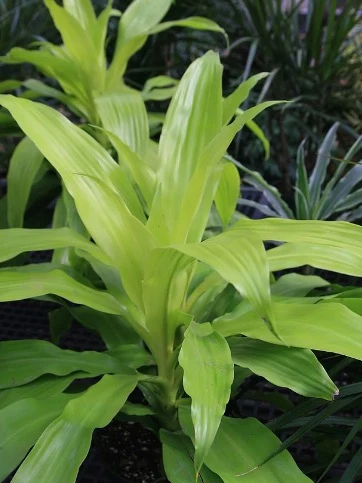
Areca Palm, Dypsis lutescens. Also known as the butterfly palm, the areca palm features feathery, arching fronds. It thrives in bright, indirect light and high humidity levels, making it well-suited for indoor spaces.
Pothos, Epipremnum aureum. Pothos is a popular vining plant with heart-shaped leaves that can thrive in various lighting conditions, from low to bright indirect light. It is forgiving of occasional neglect and easy to propagate. (Low maintenance)
Ficus, Ficus benjamina. Commonly known as the weeping fig or ficus tree, this species features glossy leaves and can grow tall, making it a striking indoor tree. Ficus trees prefer bright, indirect light and regular watering.


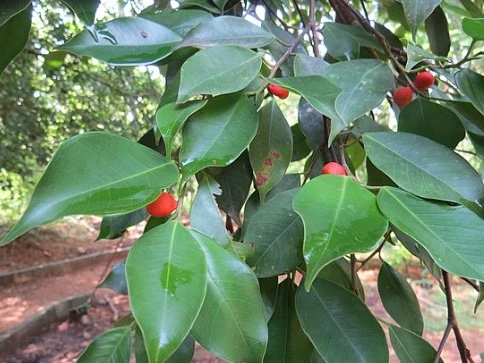
Rubber Plant, Ficus elastica. The rubber plant is a hardy tree with attractive, glossy leaves that can adapt to various light conditions. It prefers moderate to bright light. They prefer infrequent watering and are relatively low maintenance. (Low maintenance)
Fiddle Leaf Fig, Ficus lyrata. Known for its large, violin-shaped leaves, the fiddle leaf fig is a popular choice for indoor spaces. It thrives in bright, indirect light and requires occasional watering.
Monstera, Monstera deliciosa. While not a tree in the traditional sense, the monstera plant is a popular choice for indoor spaces. Its broad, fenestrated leaves add a tropical touch to interiors and thrive in bright, indirect light.
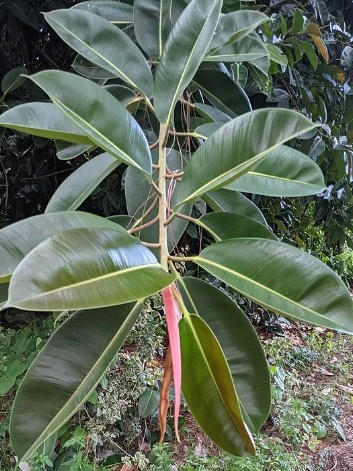

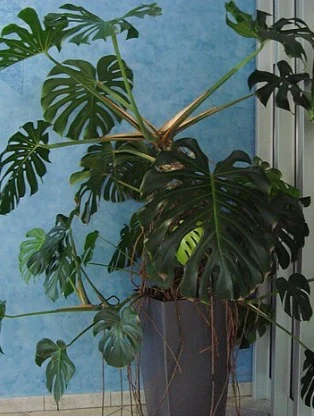
Money Tree, Pachira aquatica. The money tree features a braided trunk and palmate leaves. It thrives in bright, indirect light and requires regular watering to keep the soil lightly moist.
Snake Plant, Sansevieria trifasciata. Ideal for low-light environments, the snake plant is known for its vertical, sword-shaped leaves. It is low-maintenance and can tolerate infrequent watering.
Yucca, Yucca elephantipes. The yucca tree is a visually striking plant with long, sword-shaped leaves. It can tolerate a range of light conditions, from bright light to moderate shade, and requires infrequent watering.
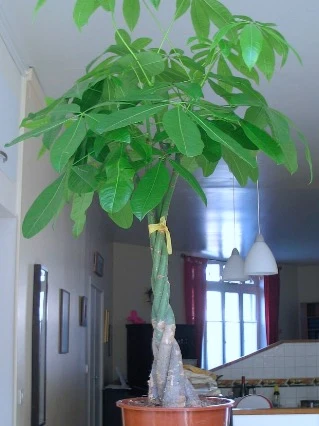
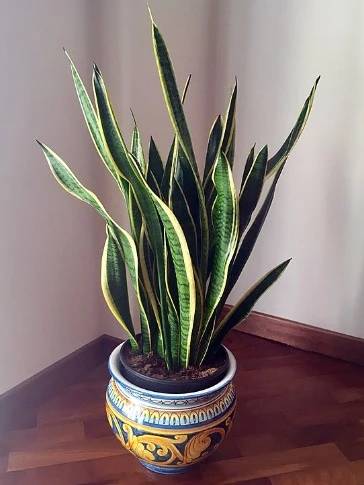
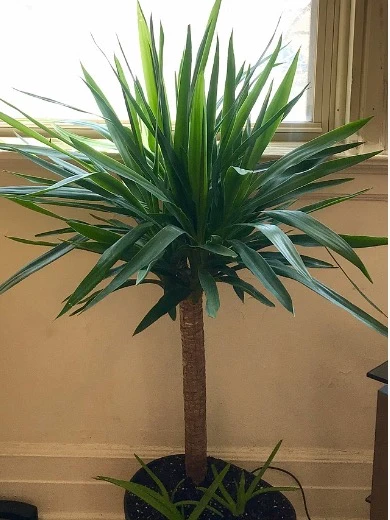
ZZ Plant, Zamioculcas zamiifolia. The ZZ plant is a tropical tree with glossy, dark green leaves that grow in a compact, upright habit. It is incredibly resilient, tolerating low light and infrequent watering, making it an ideal option for beginners. (Less common unique tree, Low maintenance)
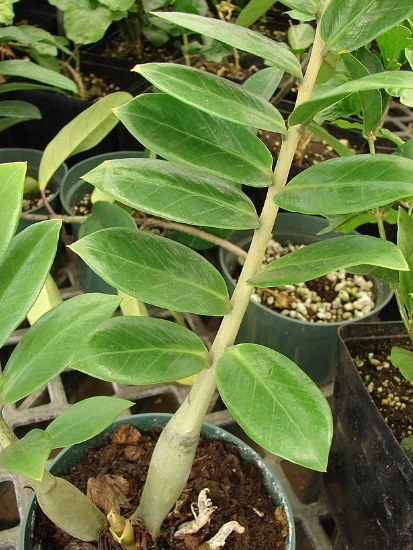
Indoor Citrus Plants
CITRUS: Citrus trees can be a delightful addition to your indoor space, adding fresh scents and the potential for homegrown fruits. Here are some citrus tree varieties that are well-suited for indoor growing:
Key Lime, Citrus aurantiifolia. Key lime trees are known for their small, tangy fruits used in beverages and desserts. They thrive in sunny locations and require well-draining soil and regular watering.
Australian Finger Lime, Citrus australasica. Also known as caviar lime, Australian finger lime produces elongated fruits filled with small, juicy pearls that resemble caviar. The tangy pearls add a burst of citrus flavor to dishes and beverages. Australian finger lime trees thrive in well-draining soil and bright light indoors. (Less common)
Kaffir Lime, Citrus hystrix. Kaffir lime trees are fast-growing citrus plants that produce fragrant leaves used in Thai cuisine. They can tolerate indoor conditions and are relatively easy to grow. Kaffir lime trees require bright light and regular watering. (Fast growing)
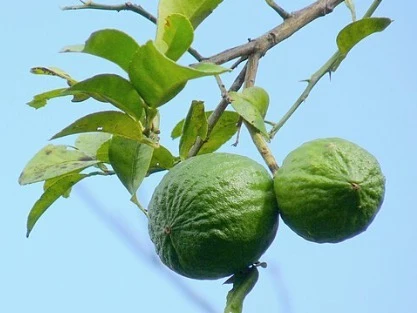
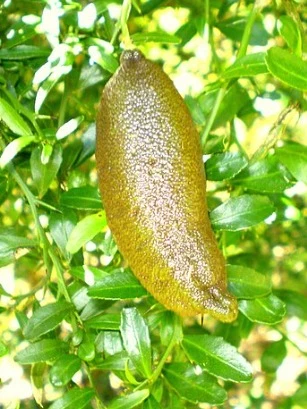
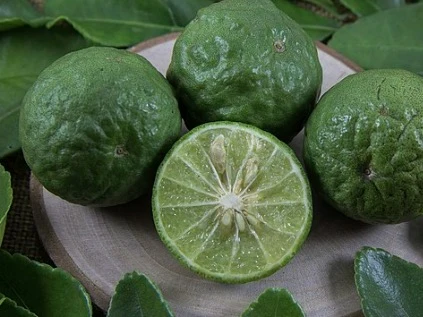
Dwarf Key Lime, Citrus hystrix × Citrus medica. Dwarf key lime trees are compact citrus trees that grow quickly and produce small, tangy fruits. They are well-suited for indoor planting and can thrive in containers. Dwarf key lime trees prefer bright light, well-draining soil, and regular watering. (Fast growing)
Variegated Pink Lemon, Citrus limon. Variegated pink lemons are a unique cultivar of conventional lemons, prized for their striped green-and-cream variegated foliage and pink-fleshed fruits. These trees perform well indoors with plenty of sunlight and a well-draining potting mix. (Less common)
Etrog Citron, Citrus medica. Etrog citron is a citrus fruit traditionally used in Jewish religious ceremonies, particularly during the holiday of Sukkot. The fragrant fruit has a thick rind and can be candied or used for its zest. The trees produce large, irregularly shaped fruits and are well-suited for indoor cultivation with bright light and consistent moisture. (Less common)
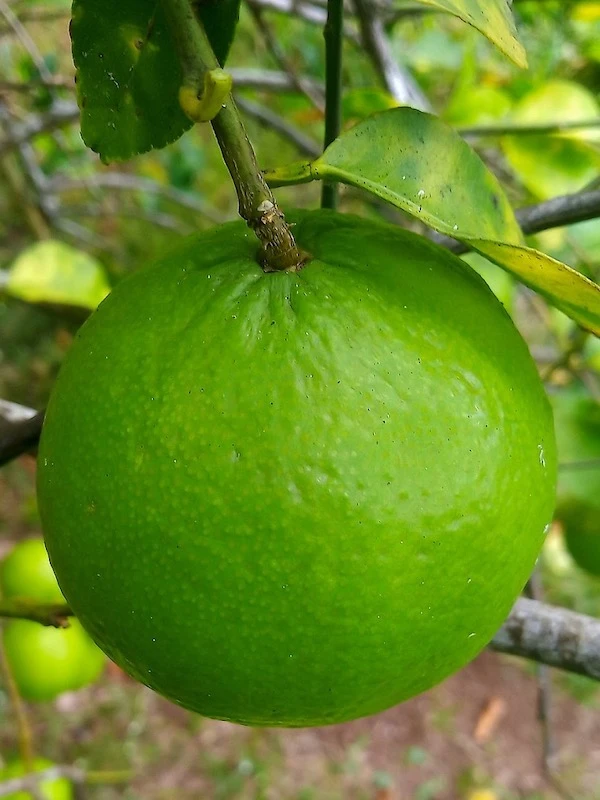
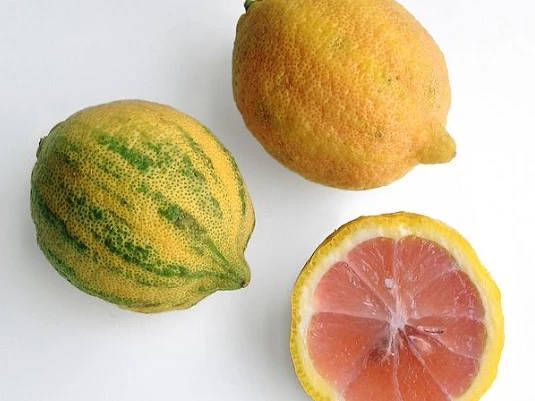
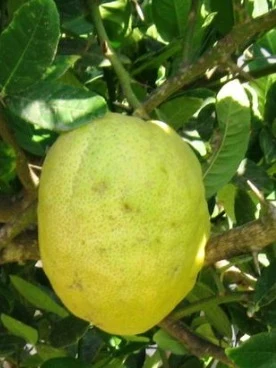
Citron, Citrus medica. Citron is an ancient citrus fruit with a thick, fragrant rind used for its zest and candying. (Less common)
Buddha’s Hand, Citrus medica var. sarcodactylis. This citrus tree variety is known for its unique fruit that resembles a hand with finger-like segments. While it is primarily grown for its ornamental value, a Buddha’s Hand tree can thrive indoors with ample sunlight and well-draining soil. (Less common)
Meyer Lemon (Citrus × meyeri). Meyer lemon trees are popular choices for indoor cultivation. They produce sweet, juicy fruits and have fragrant flowers. These trees require bright light, well-draining soil, and regular watering.
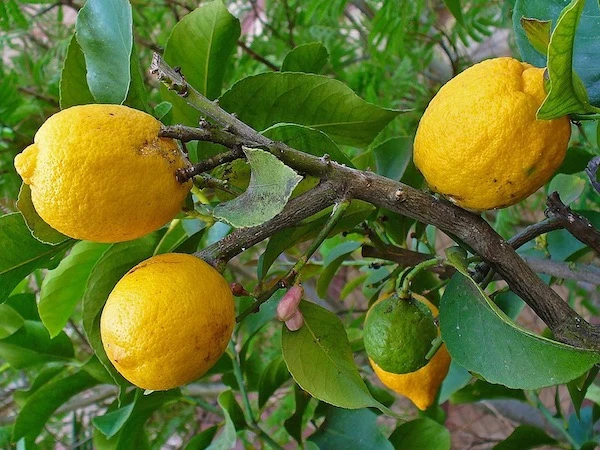
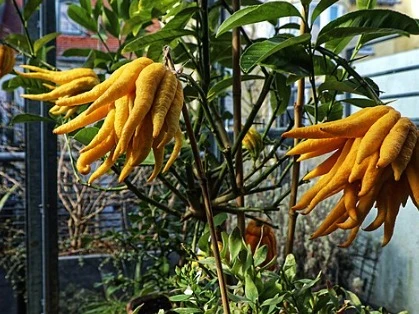
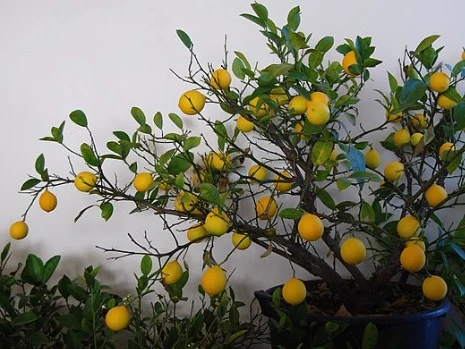
Improved Meyer Lemon, Citrus x meyeri ‘Meyer Improved’. Meyer lemon trees are known for their fast growth and can produce fruit within a few years of planting. They adapt well to indoor conditions and can be grown in containers. Meyer lemon trees require bright light and regular watering to flourish. (Fast growing)
Calamondin Orange, Citrus × microcarpa. Calamondin oranges are small, sour fruits that can be grown indoors. They are often used in cooking and for making marmalades. They produce abundant fruits and are well-suited for indoor cultivation. Calamondin trees prefer bright light and regular watering. (Fast growing)
Satsuma Mandarin, Citrus reticulata. Satsuma mandarins are sweet, seedless citrus fruits that are easy to peel. These trees prefer bright light, moderate humidity, and regular watering to thrive indoors.


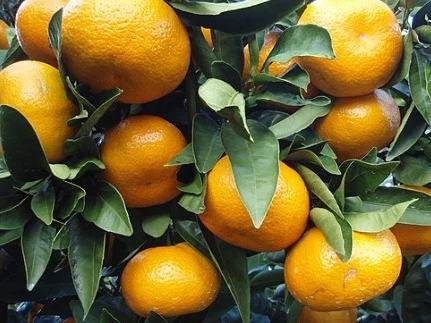
Washington Navel Orange, Citrus x sinensis ‘Washington Navel’. Washington navel orange trees are fast-growing citrus trees that produce sweet, seedless oranges. They can adapt well to indoor environments with proper care and bright light. Washington navel orange trees require regular watering and well-draining soil. (Fast growing)
Kumquat, Fortunella spp. Kumquat trees produce small, sweet-tart fruits that can be eaten whole, peel and all. They adapt well to indoor environments with ample sunlight and regular watering. They are in the same family as orange trees.
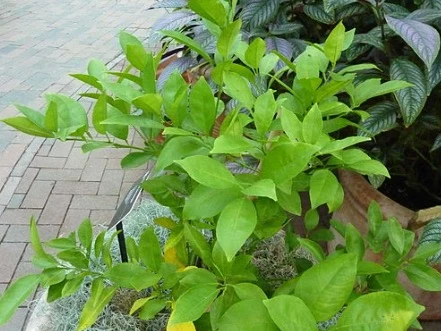
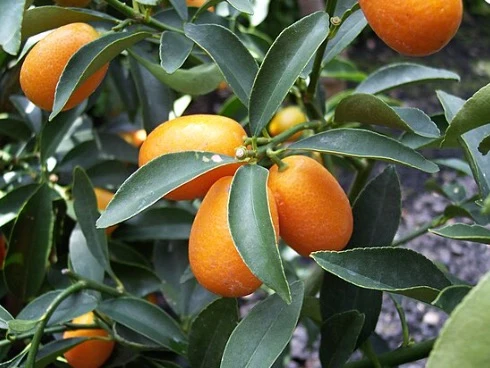
Species List A: More Common Indoor Planting Species
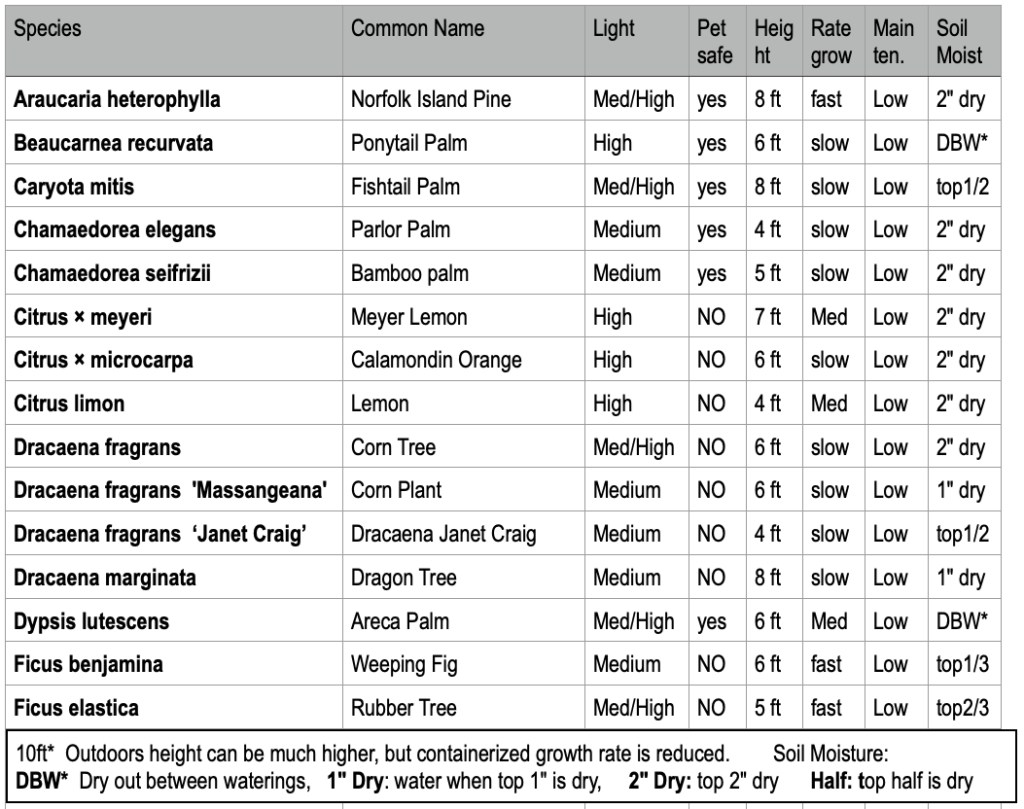

Species List B: Less Common Indoor Planting Species

